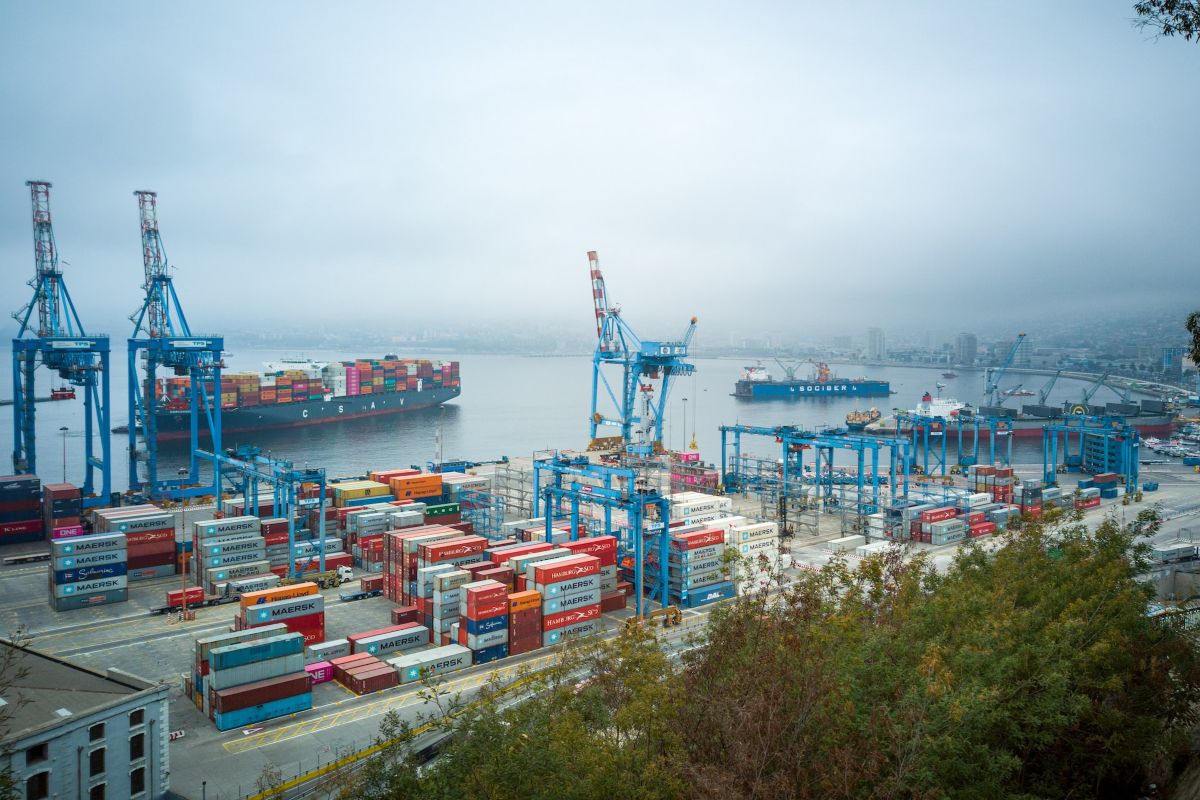In the aftermath of the covid-19 pandemic, adapting and using your business is more crucial than ever before. Supply chain resilience is a topic that comes up frequently these days. Whether it’s discussing bottlenecks, theft, supply chain issues, or other problems, the need for supply chain resilience is demonstrating itself every single day.
But how do you make your supply chain resilient and keep your company running smoothly? By implementing software solutions and other tools to help you manage your supply chain appropriately and keep it strong. Here’s how creating a resilient supply chain can help.
What Is Supply Chain Resilience?
Supply chain resilience is an umbrella term encompassing a wide range of different concepts. At its most basic definition, supply chain resilience means finding a way to manage risks across your supply chain.
Whether it’s logistics, cost management, or other adaptations, the importance of building resilience in your supply chain cannot be overstated. Resources like automation and artificial intelligence tools can help companies create resilient supply chains. Of course, these resources don’t exist in a vacuum and require some level of training to be useful.
Managers implementing and integrating supply chain resiliency software into their businesses should keep that in mind as they move forward with any plans. Fortunately, these resources are fairly easy to work and use, making the supply chain software a pragmatic addition to any resiliency plans.
Common Supply Chain Problems

There are a number of significant and challenging issues facing the supply chain today, reinforcing the need for supply chain resilience. Natural disasters, technology failures, market changes, pandemics, and other unexpected events can wreak havoc on a supply chain.
Managers need to examine supply chain disruptions, their root causes, and assess risks related to them. Software solutions help by leveraging pooled resources, artificial intelligence, and cloud-based tools to identify and ameliorate common supply chain issues.
1. Using Continuous Design
In supply chain modeling, continuous design is a straightforward method of improving supply chain resilience. Continuous design in supply chain modeling uses advanced analytics and data-driven decision making to optimize the supply chain. It covers material resources, policies, the chain’s design, and risk assessment.
Supply chain design also covers both short and long-term aspects of running the supply chain, making it an invaluable tool for making changes in competitive environments. Establishing clear communication procedures for designing your supply chain will help your team adapt better and be able to make important decisions you need to make to keep your supply chain as resilient as possible.
Additionally, implementing supply chain resilience software into your daily operations can help you do everything you need to keep your supply chain operating in top form.
2. The Need For Supply Chain Digitalization
In the modern world, doing things manually doesn’t make any sense. With powerful technology, including artificial intelligence and machine learning, readily available, there’s no reason your supply chain shouldn’t be digitized.
Digitization leads to better supply chain visibility (the ability to track the flow of raw materials, goods, and services through the supply chain in real-time) and streamlines many of the more complex processes involved in supply chain management.
Digitalization also helps establish clear communication policies to help companies manage their support chain and create cross-functional teams to make well-informed decisions.
Digitalization also helps you create a digital twin of your supply chain so you can model it effectively and strategically plan your next moves without the risk of failure.
3. Improved Decision Making
Making important decisions as the bread and butter of running a supply chain efficiently. By implementing supply chain resilience software, you can gain access to a wide array of useful features that can help.
These include risk analytics which can help you identify risks associated with your supply chain. There’s also demand forecasting, which can help you optimize inventory, avoid overproduction, prevent overstocking, and predict demand spikes so you can prepare effectively.
Finally, there’s supply network optimization, which can identify potential problems with your supply and network. Ultimately, all of these features make the investment in supply chain resilience software a practical move for your business—especially when are the economy takes a left turn and you need to reinforce your supply chain as much as possible.
You May Like To Read:
- Recent Changes Increasing the Importance of Supply Chain Management
- 8 Industries That Blockchain Technology Will Transform Radically and How
- The Ultimate Office Supply Checklist for New Small Businesses
Author: Eli
















